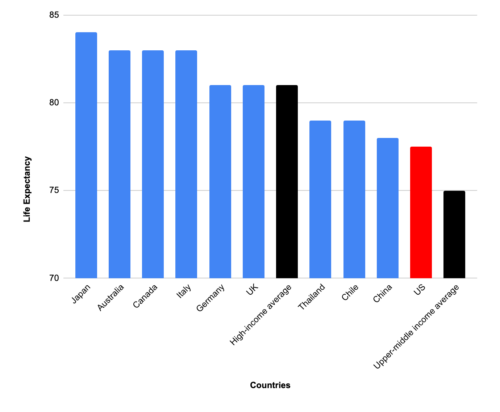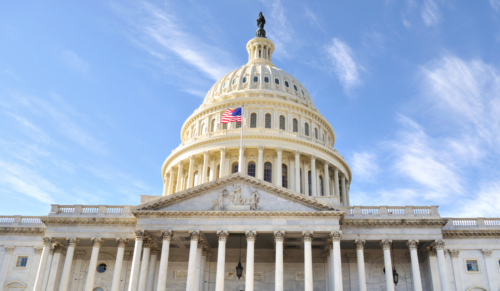Five Ways the Americans Jobs Plan Gets Workforce Development Right
By: / 04.01.2021
The Biden administration released its American Jobs Plan yesterday – a bold package with critical investments in infrastructure and America’s workers. Among its more ambitious aims is $100 billion set aside for workforce development. This includes a long overdue investment to diversify career pathways, through approaches such as apprenticeship programs, a focus on sector partnerships, and a new and robust program for dislocated workers. There is a lot to cheer for in the AJP—here are five ways it gets it right in pairing job creation with next-generation training programs.
- Investing in Workforce Development and Worker Protection. For decades, the United States has lagged other high-income countries in workforce development. The AJP calls for a $48 billion investment in workforce development and worker protection, which includes funding for registered apprenticeships and pre-apprenticeship programs. In total, this would create one to two million new registered apprenticeships. PPI has long-called for the U.S. to increase apprenticeships 10-fold and provide workers with career pathways that do not require a four-year degree. We’ve also advocated for two specific ways to modernize apprenticeships: Congress should formalize and incentivize intermediaries (public or private) by subsidizing them to create “outsourced” apprenticeships, and government at all levels should create public service apprenticeship opportunities and programs, including in industries such as information technology, accounting, and health care.
- Expanding Career and Technical Education. The plan recognizes the need for investments to expand career and technical education (CTE) and workforce-readiness programs for middle- and high-school students. The 10 million jobs lost by Americans at the pandemic’s onset disproportionally impacted young adults between the ages of 16 and 24, and some estimate that as many as 25 percent of our youth will neither be in school nor working when the pandemic ends. According to the U.S. Department of Education, high school students enrolled in programs with a CTE concentration are more likely to both graduate and earn higher median annual salaries than those who did not participate. These investments will set up students to be better prepared to enter the labor force upon graduation and gain their economic footing as they transition to adulthood.
- Addressing Inequities. Women and minorities have been disproportionately impacted by job losses during the pandemic and have historically been excluded from infrastructure jobs. Acknowledging these inequities, the plan calls for “strengthening the pipeline for more women and people of color to access apprenticeship opportunities,” such as through the Women in Apprenticeships in Non-Traditional Occupations program. Another option would be to increase training programs and increase apprenticeship slots in industries dominated by women that face worker shortages, such as early childhood education and care, and pair these jobs with competitive wages.
- Supporting Job Training with Smart, Evidence-Based Policies. The AJP acknowledges that we need forward-looking, evidence-based approaches to train the next generation of American workers and help those who might need to reskill or upskill, including laid off workers during the pandemic. The White House calls for a “a $40 billion investment in a new Dislocated Workers Program and sector-based training.” These funds would be allocated to help train workers get trained with skills in high-demand industries, such as clean energy, manufacturing, and caregiving. To ensure the success of such programs, the White House draws on evidence that completion rates are highest when workers are provided with wrap-around services, income supports, counseling, and case management to overcome the barriers to finishing their training.
- Empowering Workers and Unions. Lastly, the AJP emphasizes the important role of union jobs as the backbone of the American middle class. The proposed legislation includes important provisions for strengthening the rights of workers to organize and for making sure that employers who benefit from the plan adhere to appropriate labor standards and do not interfere with workers’ exercise of their rights. Enhancing the power of workers in our economy is critical to supporting good jobs and a strong middle class.
The Covid recession has left over 10 million Americans out of a job and millions of workers might not have a job to return to when the pandemic is over. For them, the AJP would create a diverse set of pathways to connect them with quality jobs offering livable wages. We hope that when Congress takes up this package in the coming months, they will pursue equity not just for underrepresented groups in workforce development, but also for those who lack a college degree yet make up a majority of the labor market. For them, access to pathways that do not require a four-year degree will be critical to help them regain their economic footing. Overall, the AJP meets the moment to address historic job losses and infrastructure in need of significant public investment.






